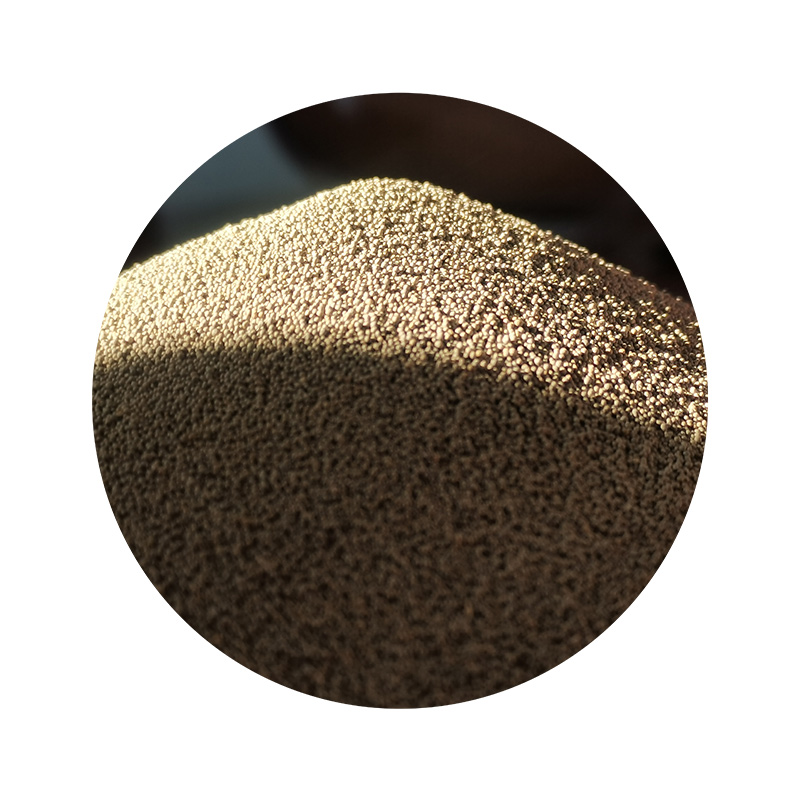The Importance of Sanding in 3D Printing
3D printing, a revolutionary manufacturing technology, allows for the creation of complex shapes and designs with remarkable precision. However, the surfaces of 3D printed objects often don’t meet the aesthetic or functional demands required by users. This is where sanding comes into play as a crucial post-processing technique. In this article, we will delve into the importance of sanding in 3D printing, exploring its benefits, techniques, and best practices.
Why Sanding is Necessary
One of the primary reasons for sanding 3D printed objects is to improve the surface finish. Most 3D printing processes, such as Fused Deposition Modeling (FDM), can produce visible layer lines and rough surfaces due to the nature of how the material is deposited layer by layer. These imperfections not only affect the appearance of the object but can also impact its performance. For applications requiring high precision or aesthetics—like prototypes, artistic models, or functional end products—you must address these imperfections.
Another aspect to consider is the added functionality that sanding provides. A smoother surface reduces friction, which can be vital for moving parts or components meant to fit together. In addition, sanding can help improve paint adhesion, making it easier to achieve a professional finish with paints, primers, or adhesives.
Sanding Techniques
There are several techniques for sanding 3D printed parts, each suited for different materials and desired outcomes
. Here's a brief overview of some commonly used sanding methods1. Manual Sanding This is the most straightforward technique and involves using sandpaper manually. Start with a coarse grit (around 100-200 grit) to remove layer lines quickly, then progressively move to finer grits (up to 2000 grit) for a smoother finish. Manual sanding allows for better control, especially on intricate designs.
2. Power Sanding For larger or simpler objects, power tools like belt sanders or rotary sanders can speed up the process. However, caution must be exercised to avoid damaging the print, as power tools can remove material quickly and unevenly.
3. Wet Sanding Wet sanding is beneficial for achieving a high-gloss finish. By using water as a lubricant, you can reduce dust, prevent clogging of the sandpaper, and minimize the risk of damaging the object. This technique works particularly well with materials like PLA.
sanding 3d printed

4. Chemical Smoothing While not sanding in the traditional sense, chemical smoothing with acetone can be effective for certain materials, such as ABS. The acetone vapor melts the surface slightly, resulting in a smoother finish. However, safety precautions should be taken as it involves hazardous materials.
Best Practices for Sanding
To achieve the best results when sanding 3D printed parts, it’s essential to follow some best practices
- Prepare Your Workspace Ensure you have a clean, well-ventilated workspace with proper lighting and safety gear. Dust masks and safety glasses are recommended, especially when sanding materials that produce fine dust.
- Assess Your Material Different 3D printing materials respond differently to sanding. Plastics like PLA, ABS, and PETG each have unique properties, so choose appropriate sandpaper types and techniques.
- Work Methodically Sand in a consistent pattern and avoid pressing too hard, as this can lead to uneven surfaces or damage the print. Take your time, especially when transitioning between grits.
- Finish with Care After sanding, consider applying a sealing coat, paint, or primer to enhance the appearance further and protect the surface. Always test these on a small area first to ensure compatibility.
Conclusion
Sanding is a vital post-processing step in 3D printing that can significantly enhance the appearance and functionality of printed objects. By employing effective sanding techniques and adhering to best practices, users can transform their 3D prints from rough prototypes into polished, professional-quality components. As technology in 3D printing continues to evolve, understanding and mastering the sanding process will remain essential for anyone looking to achieve the best results in their projects.
Post time:نوفمبر . 15, 2024 12:23
Next:sand casting description
